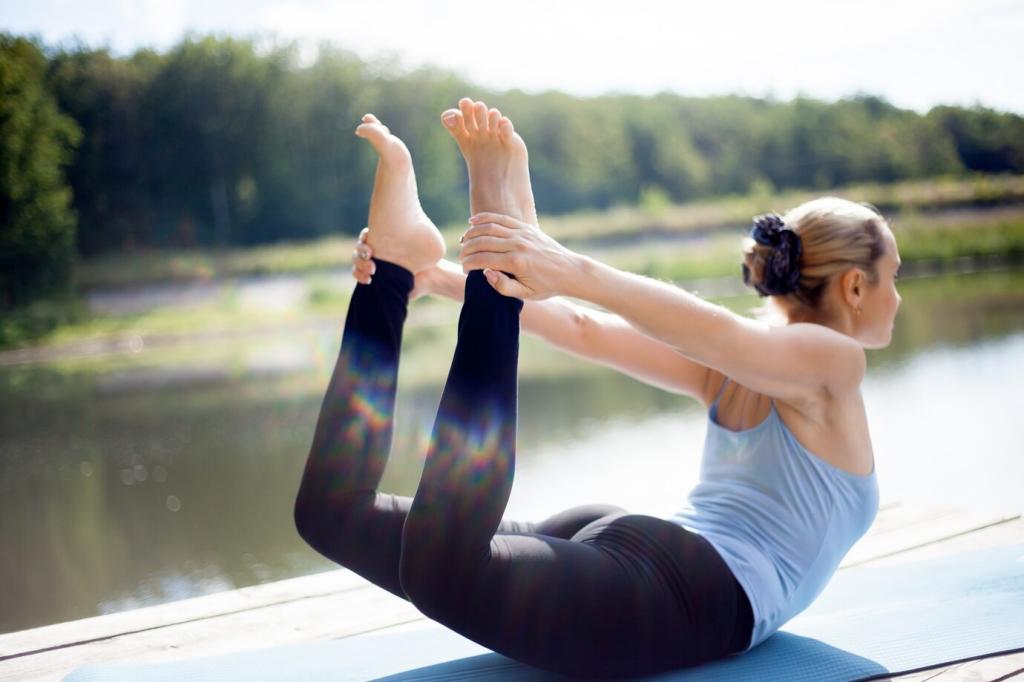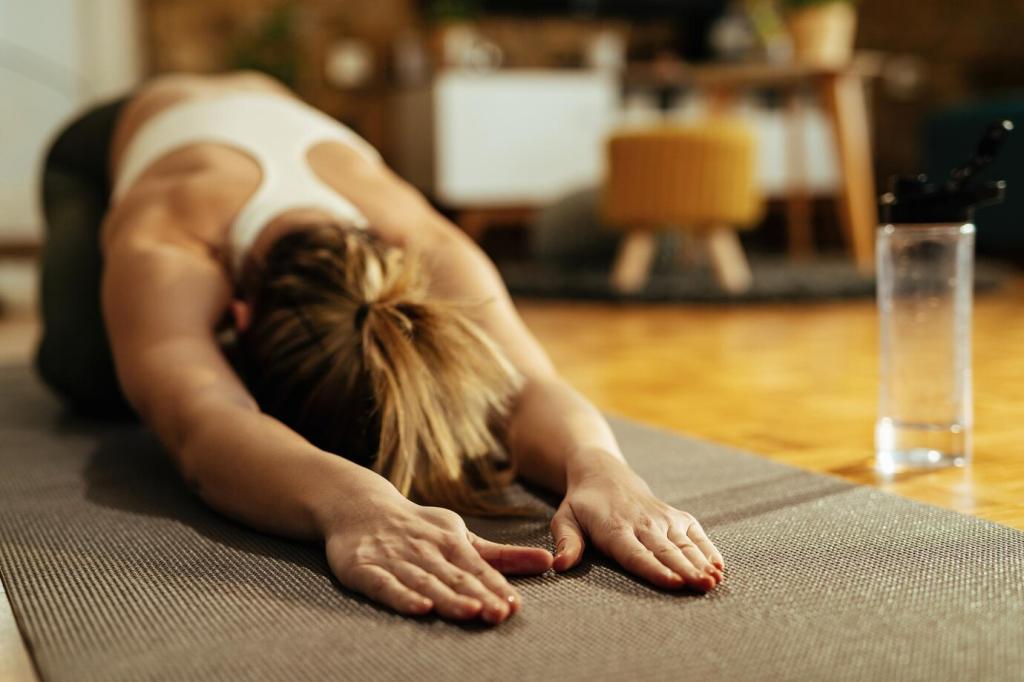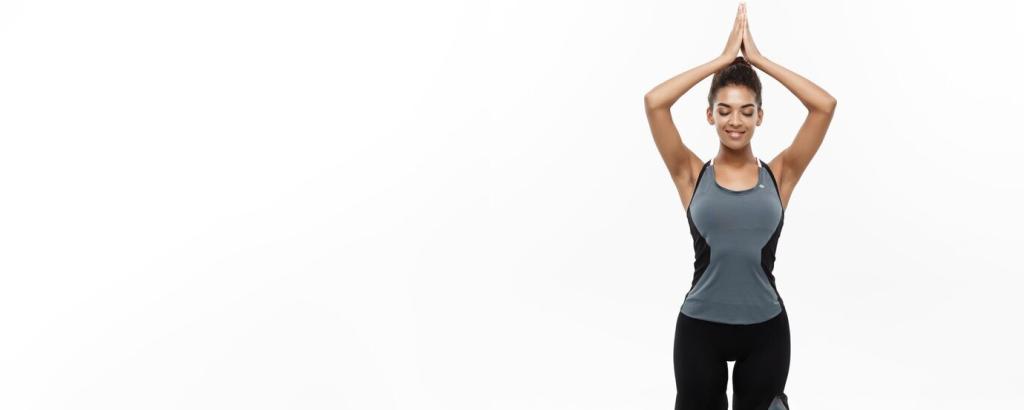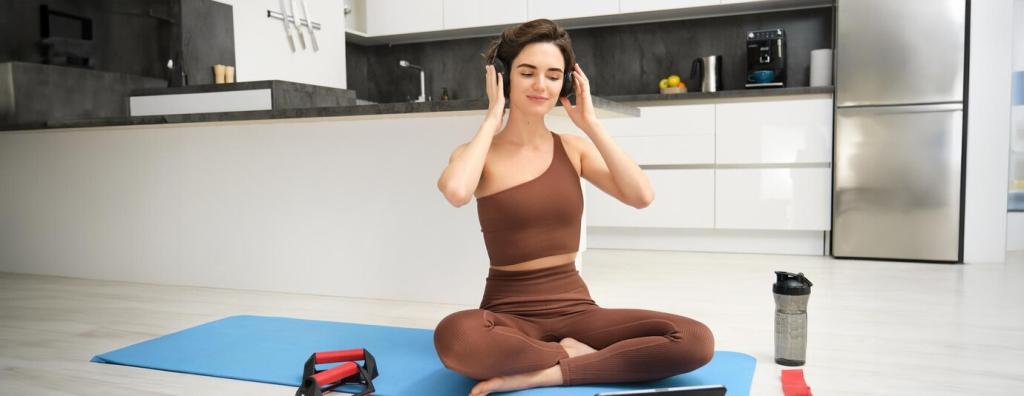Why the Core Matters in Yoga
Your core is more than visible abdominals; it includes the transverse abdominis, pelvic floor, diaphragm, and multifidus. Together, they act like a dynamic corset, stabilizing your spine and supporting balance, transitions, and breath-driven flow in every yoga sequence you love.
Why the Core Matters in Yoga
True strength begins with gentle, consistent activation. Even in simple Cat-Cow, coordinating breath with subtle engagement creates safer, more controlled movement. Over time, this priority for stability unlocks stronger planks, steady balances, and smoother, pain-free progress on the mat.








